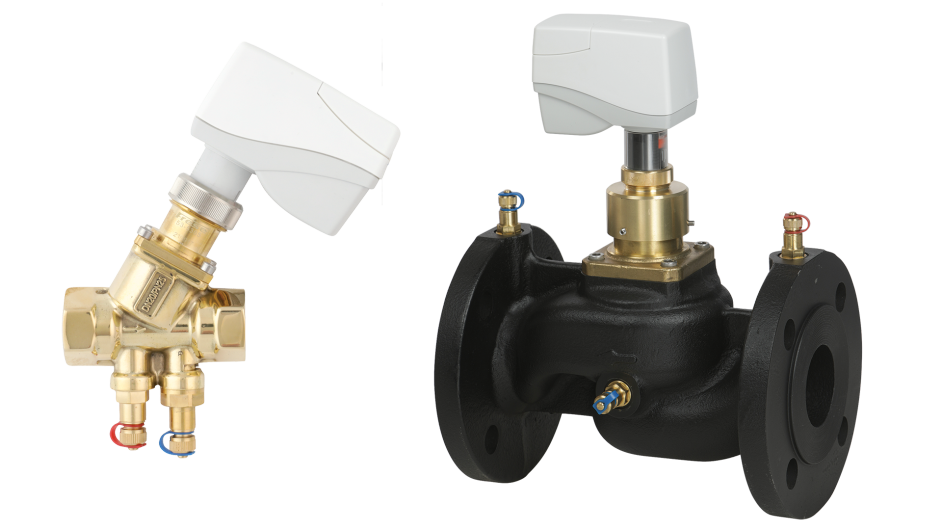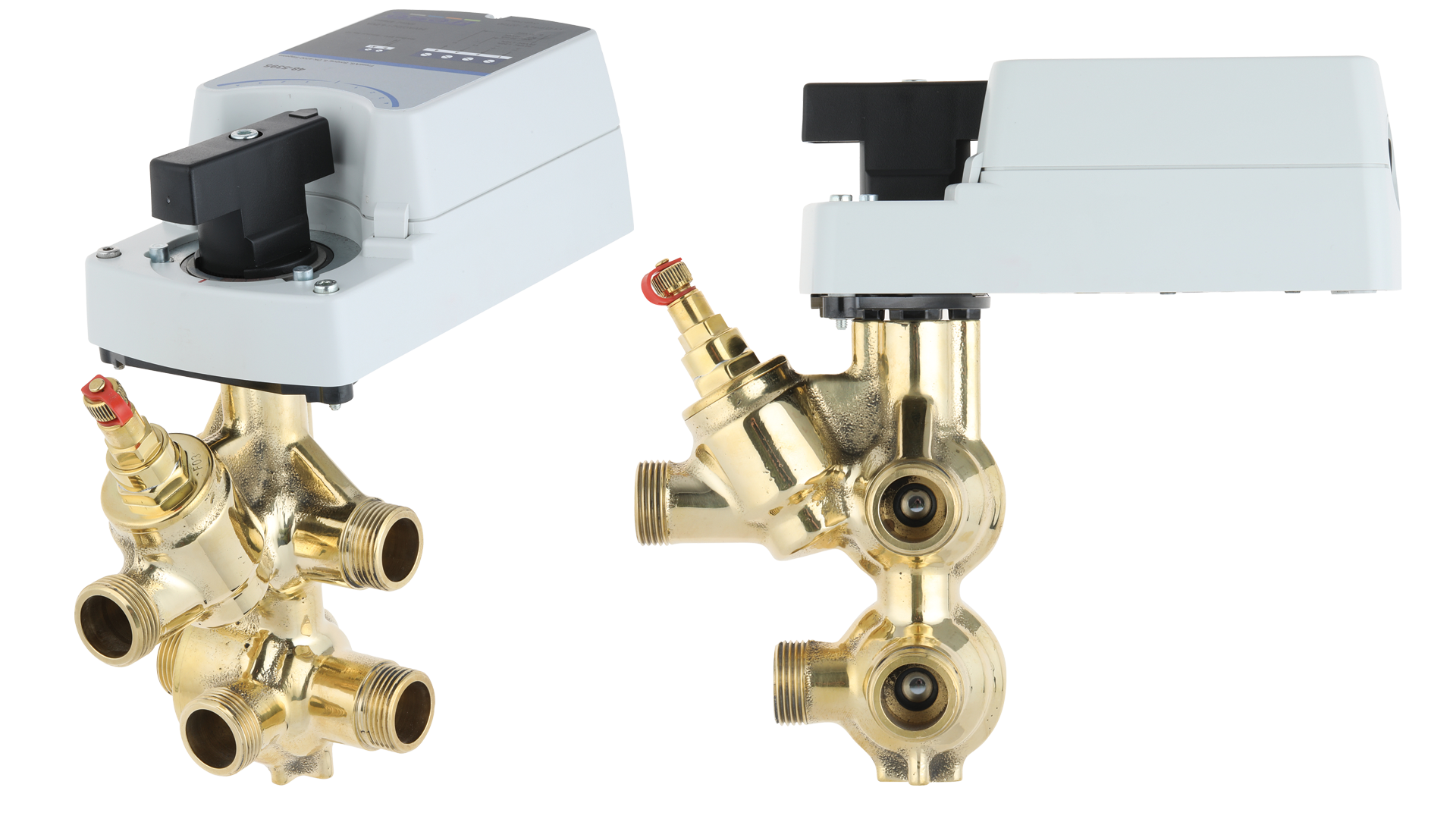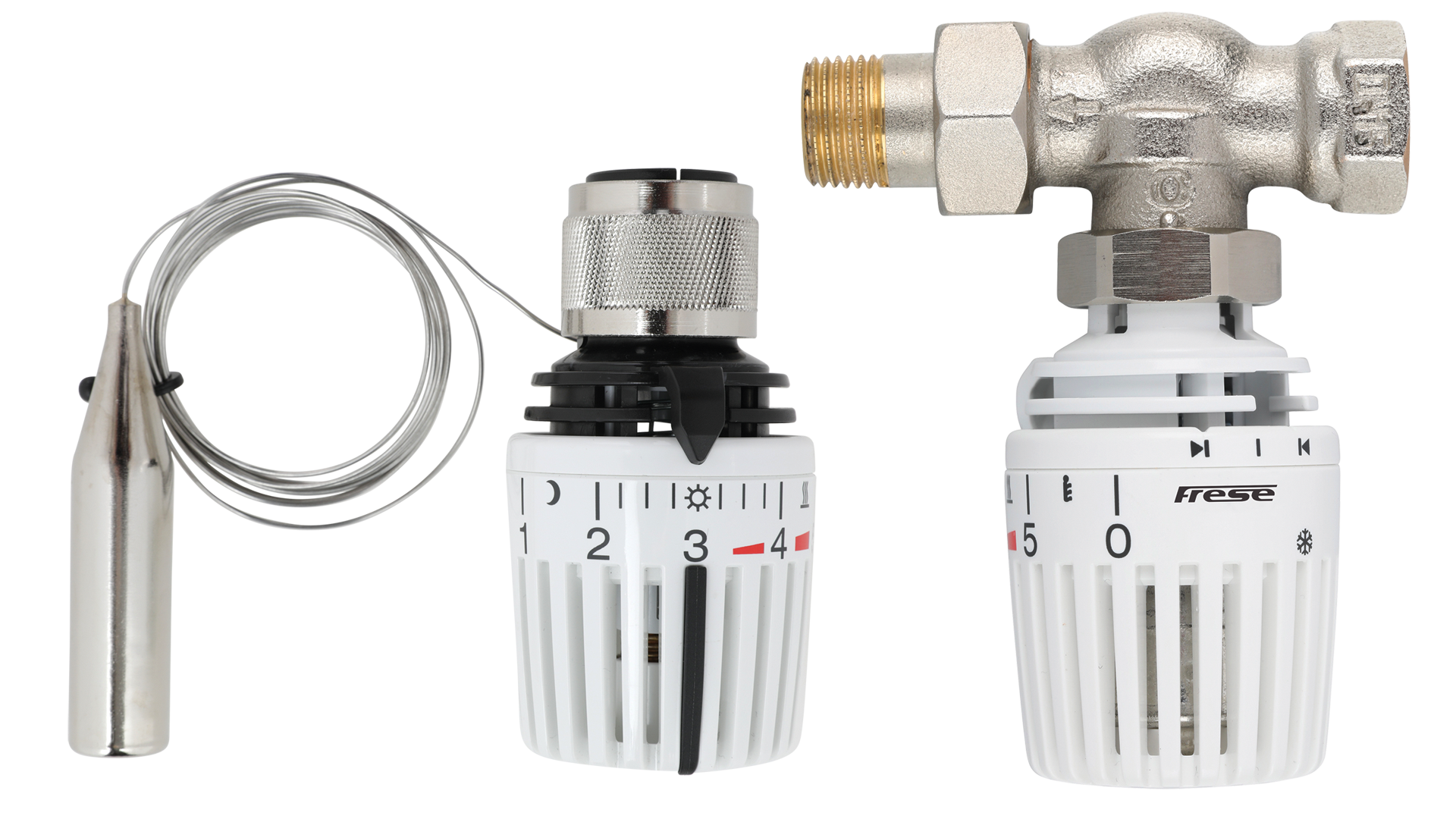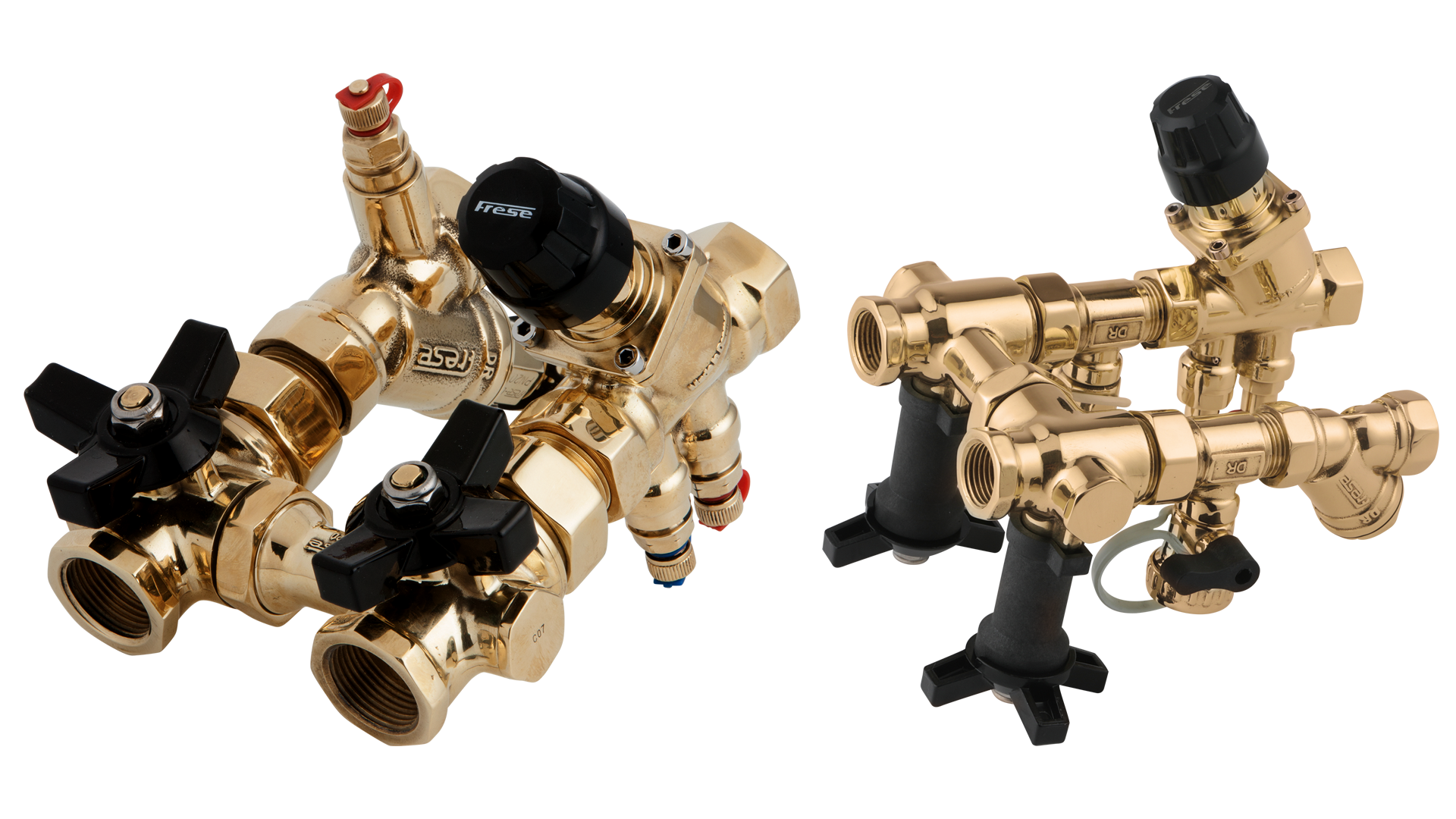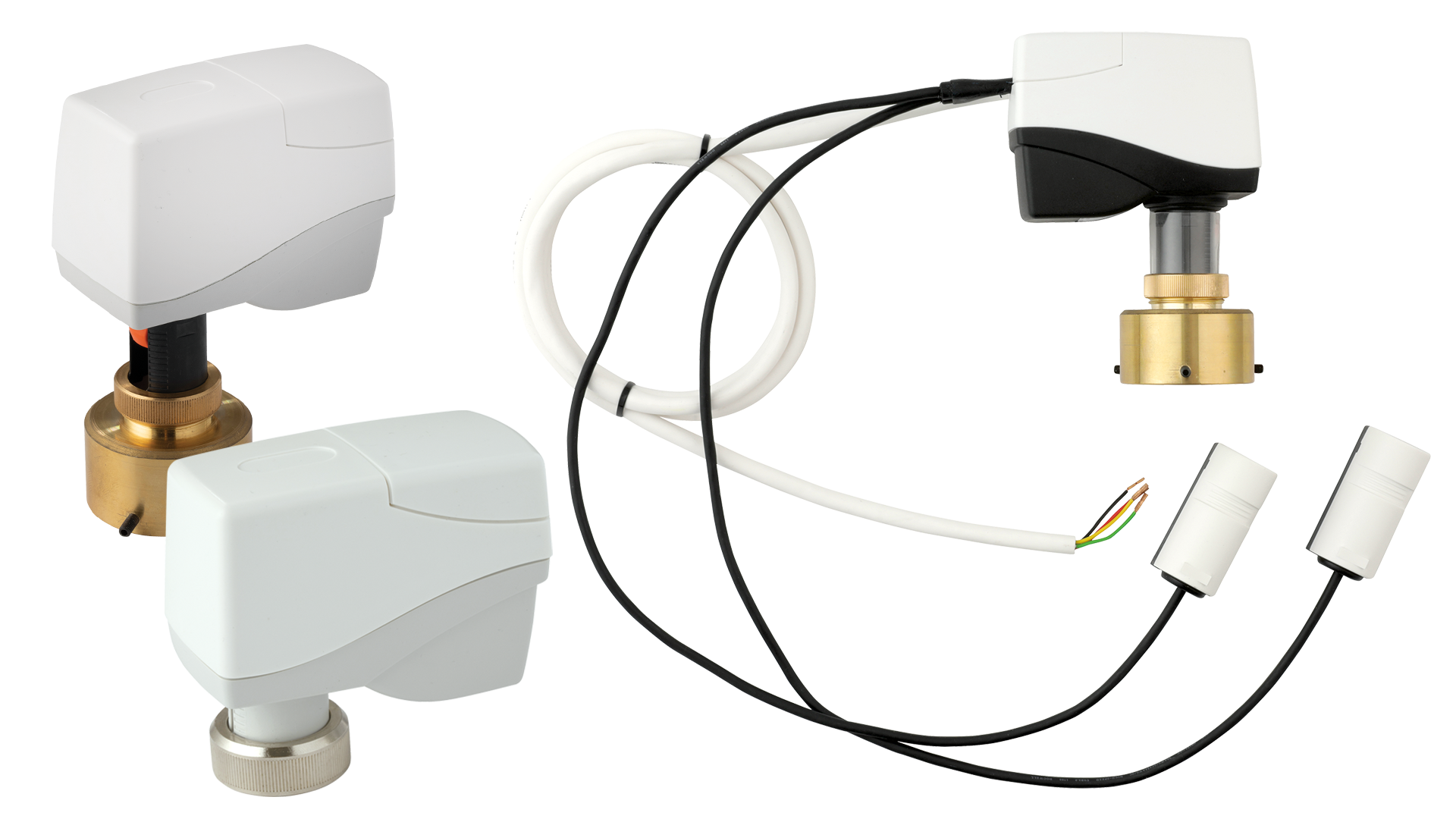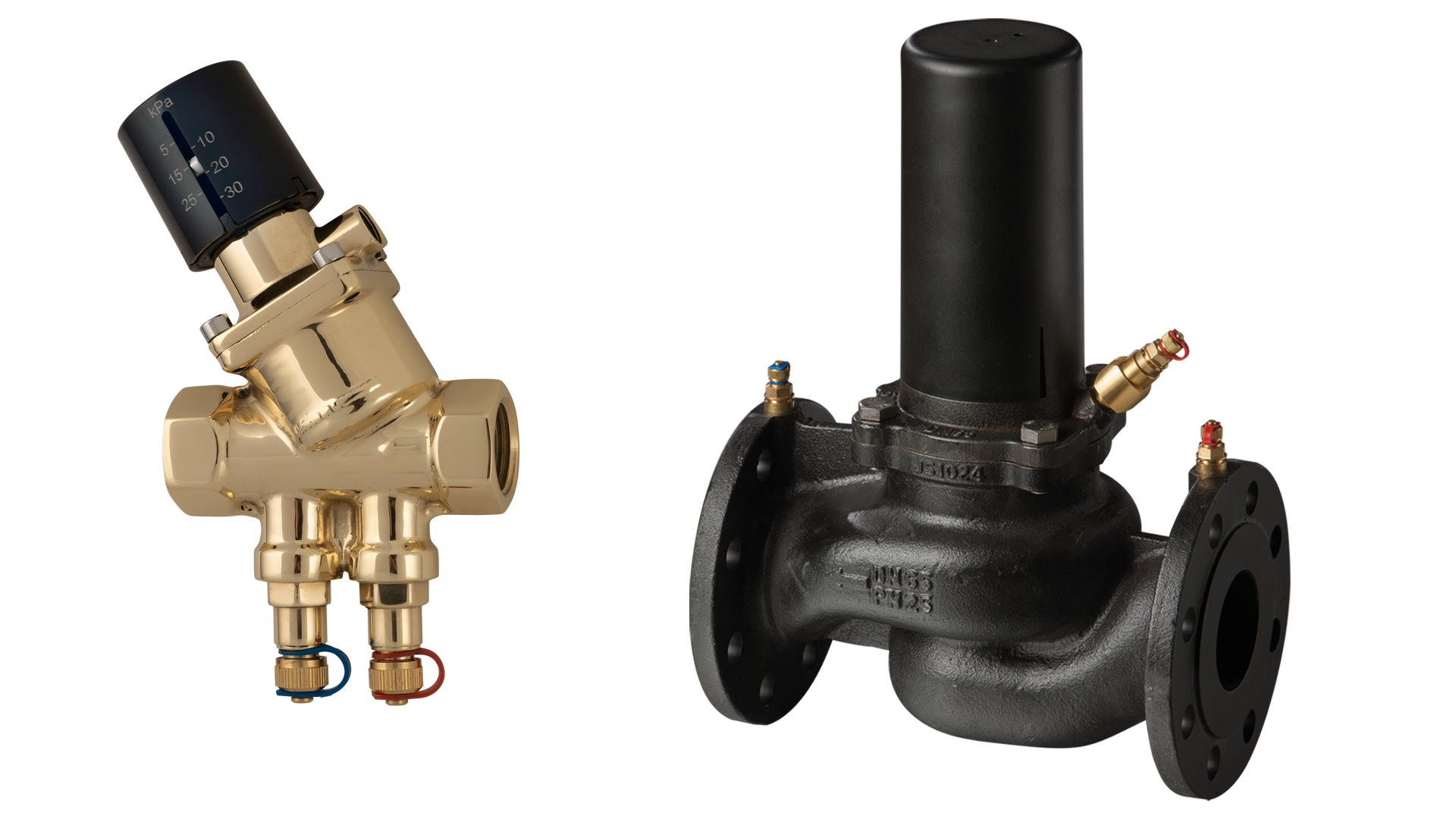You can find the Interactive Hall Plan 2025 here.
Description
With OPTIMA Compact you get a dynamic flow and temperature control valve for heating and cooling systems
OPTIMA Compact combines the functions of an externally adjustable automatic balancing valve with an integrated differential pressure controller and a full authority modulating control valve in one single, compact valve housing.
The OPTIMA Compact provides modulating control with full authority regardless of variations in the differential pressure of the system making it possible to achieve 100% control of the water flow in the building.
In addition, the correct application of the OPTIMA Compact can significantly reduce pump energy consumption and improve the efficiency of other hydronic system components. It also provides optimal comfort for end users due to high precision temperature control.
The valve operates by adjusting automatically to the preset flow under fluctuating pressure conditions whilst also providing full modulating control. To achieve the design flow rate, the simple pre-setting scale on top of the valve is rotated to the required set point, which can be determined
by using the Frese flow tables or the Frese Valves app.
OPTIMA Compact is also available in a Veriflow-series. This has an additional P/T plug which allows for both flow measurement and verification of minimum differential pressure across the valve. This is the first pressure independent control valve (PICV) on the market to integrate
both functionalities in the original valve housing without add-ons and additional space requirements.
Save Time, Energy and Costs with our Patented Valve Technology
Frese’s patented pressure independent technology is an innovative, energy-saving alternative to traditional hydronic balancing and control methods. It provides efficient and accurate flow and temperature control.
The PICVs ensure that the design flow conditions are achieved at all times, irrespective of pressure fluctuations in the system. They also eliminate overflows – resulting in significant pump energy savings.
Dynamic valves hold several other advantages over traditional, static balancing valves. They contribute to simplified system designs by eliminating the need for additional balancing valves in the distribution pipework. They are also highly flexible if your system needs to be modified or expanded at a later date.
Because pressure independent control valves automatically adapt to any changes in the rest of the system, they are much easier to commission since they require no proportional balancing.
